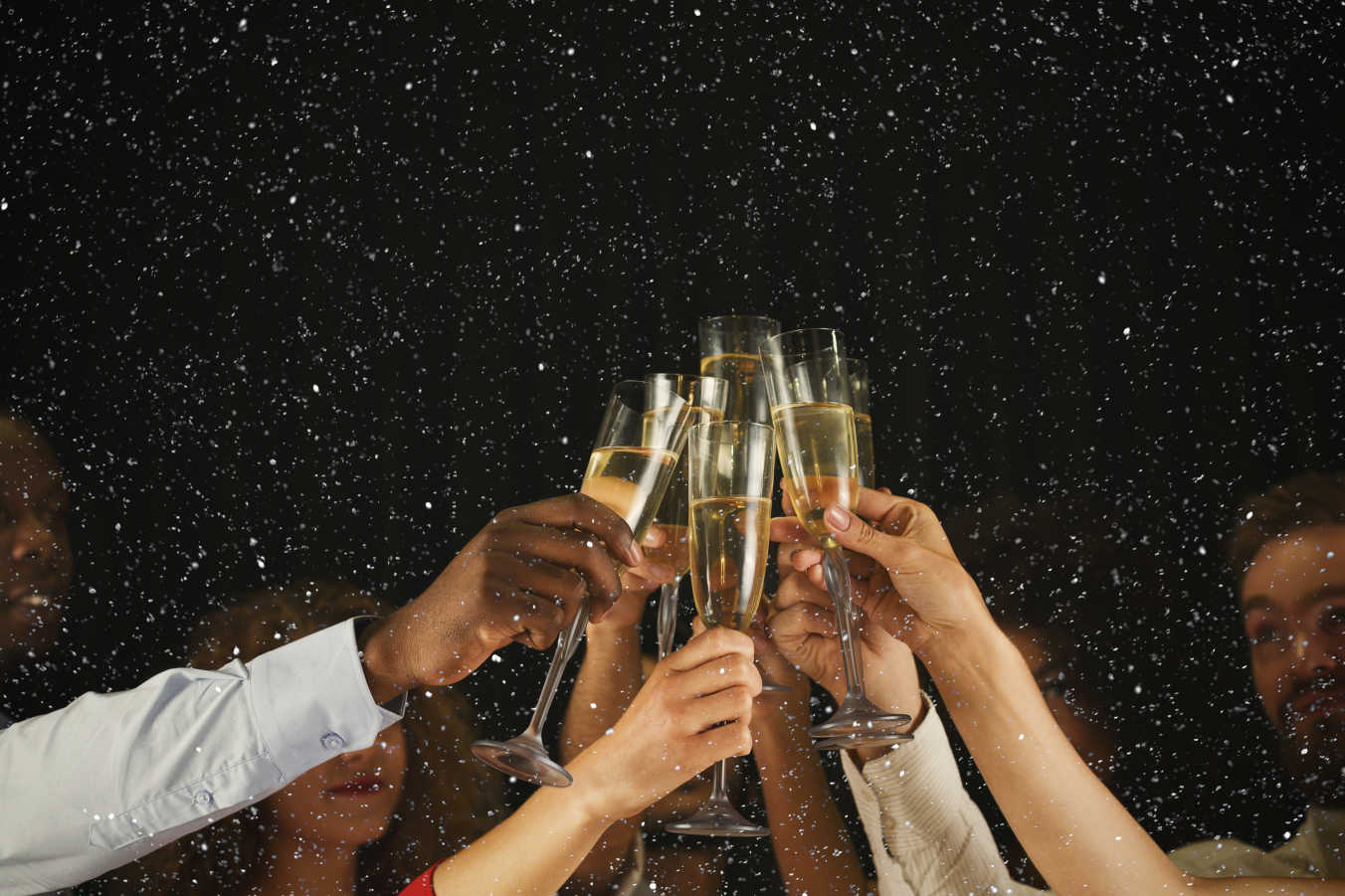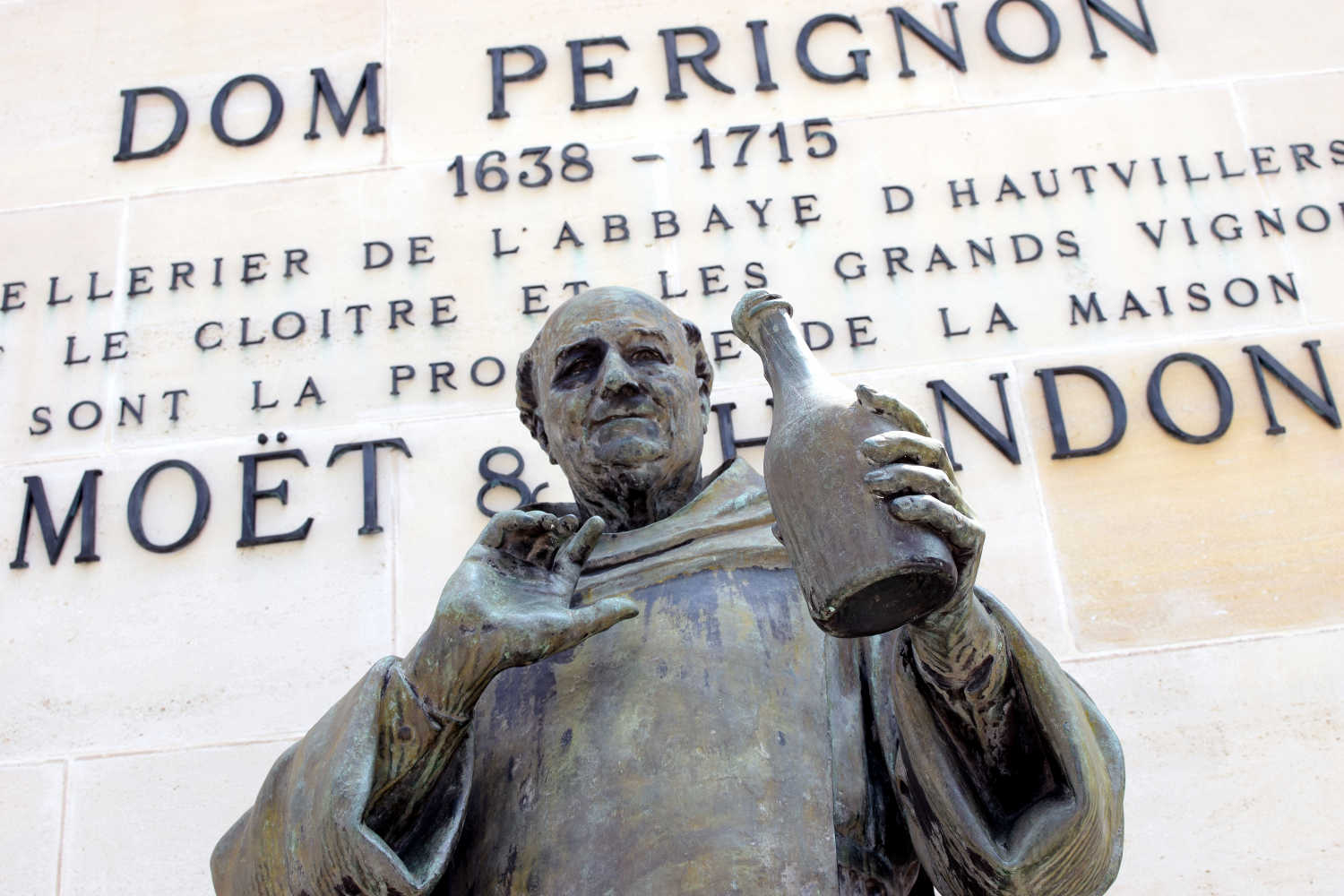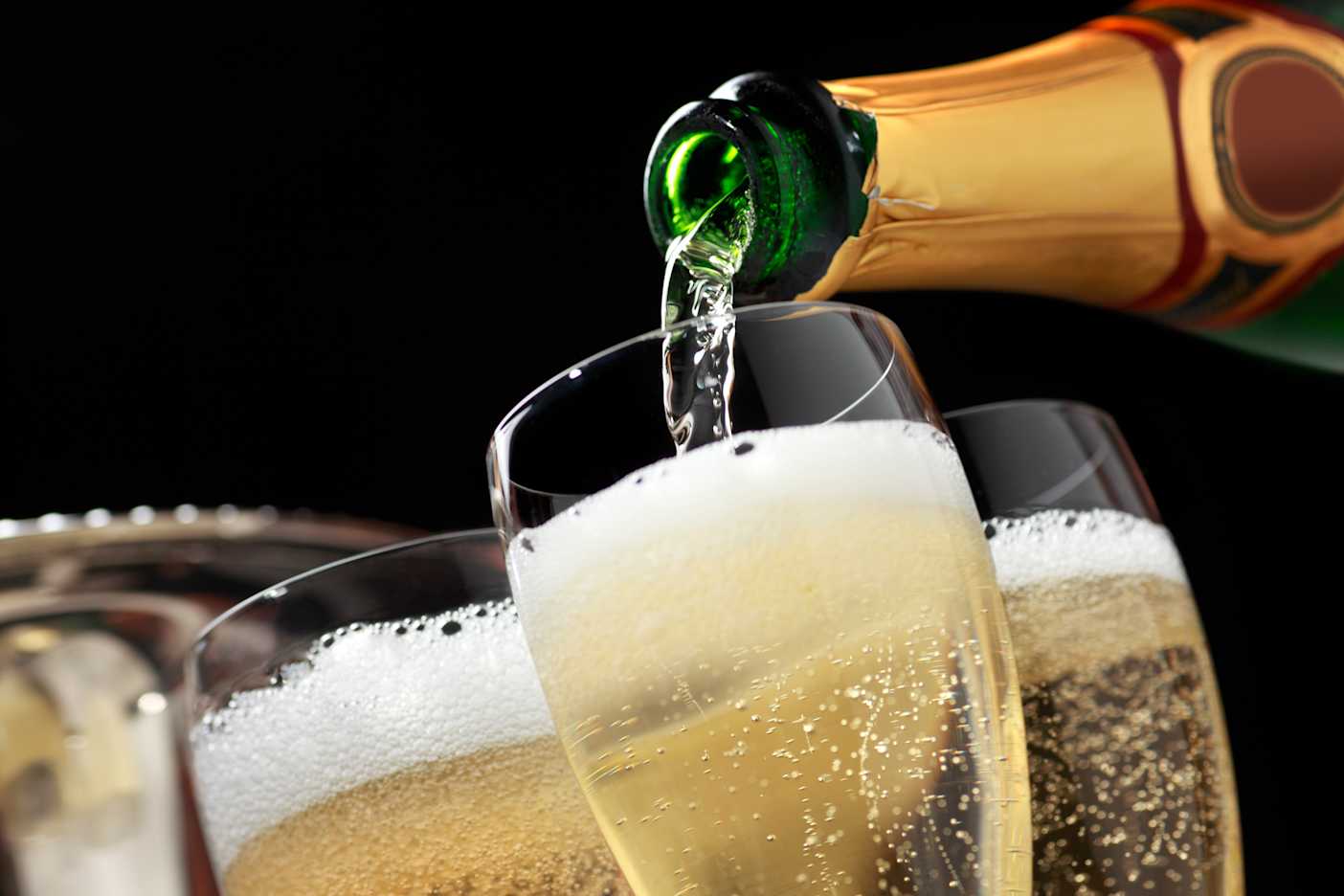The Celebratory Bubbles in a Glass of Champagne
Pop open a bottle of bubbly, sparkling wine.
Fun parties like New Year's Eve, wedding receptions, promotions and raises, and birthdays or graduations are all great excuses to pop open a bottle of bubbly, sparkling wine.
But why do we tie Champagne to celebrations? There's as much Champagne history that surrounds war, religious fervor, and anti-royal sentiments as there reasons for celebrating.
So how did we get here? And what makes Champagne so delicious now?
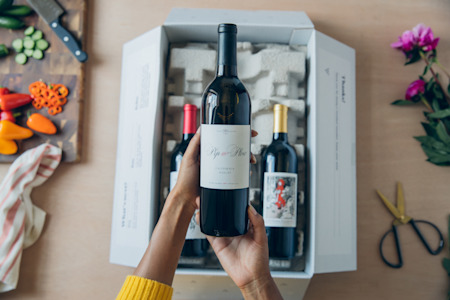
Take The Quiz
Learning about different wine varietals and regions is fun. Take the quiz now to explore wines matched to your unique palate.
Take The QuizIN THIS ARTICLE:
The History of Champagne
When it comes to the pop of Champagne bubbles that we all know and love, there's a lot of backstories; some of it may even surprise you. Sparkling wine was originally considered a fault; bubbles form during the fermentation process, and for still wine, that should only happen once. The pop and fizz that happen when a Champagne is uncorked were a sign of sloppy winemaking. The wine had continued to develop inside the bottle by undergoing a second fermentation (today known as the Champagne method). Sure, plenty of people enjoyed lightly bubbly wines. Still, it wasn't until a few centuries ago that winemakers dug into the science of Champagne and into what makes sparkling wine delicious.
Dom Perignon, a Benedictine monk, holds the honor (erroneously due to a story told by 19th-century marketers) of being the "inventor" of Champagne. Supposedly he was found with a glass of sparkling wine (that was supposed to be still) and cried, "look, brothers, I can see the stars." While this is a great origin story, he didn't invent sparkling Champagne; he was just one of the first to blend the grapes with intent.
In the mid-17th-century, Champagne was introduced to the royal court at Versailles, in newer stronger bottles that could handle the secondary fermentation without breaking. It was still second fiddle to still Champagne wines until the early 19th-century. It was a scientist and Madame Clicquot who were able to master dosage (the adding of grape juice to instill more sugar), chaptalization (which still bears Mssr. Chaptal's name), secondary fermentation, and Champagne bottle (and Champagne cork) technology. It was one of the first international wine "brands" and took the French people and the Russian royal court by storm.
As the world moved into the wars of the 20th century, the Champagne region found itself in the crosshairs of history. The location was constantly invaded and retaken, and many of the Champagne houses were destroyed. Some even went as far as to seal off sections of their cellars to keep the Germans away.
But there was one tradition that emerged from all the darkness: drinking Champagne as a sign of defiance and celebration.
Why Do We Celebrate With It Today?
Brut Champagne is often our countdown at New Year's. It's part of our collective-rite where we banish the previous year's negative energy and welcome a new one. Coupes and Champagne flutes overflow, and this liquid gold move us to feeling hopeful again.
As one of the first "brands" in wine, Champagne has been carrying prestige for over a century. It was considered an elite drink for royalty and a status symbol that you were wealthy enough to enjoy it comfortably. Have you ever heard the phrase "Champagne tastes"? Well, the Sun King himself, Louis XIV, drank a glass every day, as prescribed by his doctor.
Today's Champagne Scholars
Gerard Liger-Belair has made a career studying the beauty of bubbles at the University of Reims in France. One of the main parts of enjoying a glass of sparkling wine is the fizz and effervescence, and to understand it, he uses ultra-high-speed cameras capturing the bubbles at 5,000 frames per second and mass spectrometer analysis. He's solved questions surrounding the nature of carbonation and aroma and why smaller bubbles provide the framework for a more nuanced wine. We defer to the experts, and if Gerard Liger-Belair recommends a certain way to store and serve, we will do our best to follow his advice. He recommends a gentle stream from the neck of the bottle into a tilted glass to get the perfect pour. Carbon dioxide is less soluble at higher temperatures, which means that the higher the temperature, the higher your cork will pop, which is one of the reasons that Champagne is served cold.
What is the Difference Between Sparkling Wine and Champagne?
The simple answer is that a glass of Champagne is from the Champagne region of France and was made using the Champagne method. There are other French wines that use the Champagne method called Cremants. Cava from Spain and Riesling Sekt from Germany are often made using this labor-intensive method as well. Popular (and affordable) sparkling wines like Prosecco and Moscato are often force carbonated which creates a less pleasant mouthfeel, but the wines are often still delicious. If you are looking to choose between the two, then it's important to know that you will pay for the size of the bubbles, the smaller the bubbles, the more expensive the wine. Champagne taste is still expensive.
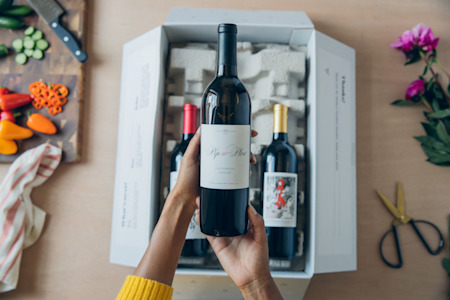
Take Our Quiz Today
Get award-winning delicious wines from all over the world shipped straight to your door. Take the quiz to get the perfect pairings for your holiday season.
Take The Quiz TodayIN THIS ARTICLE
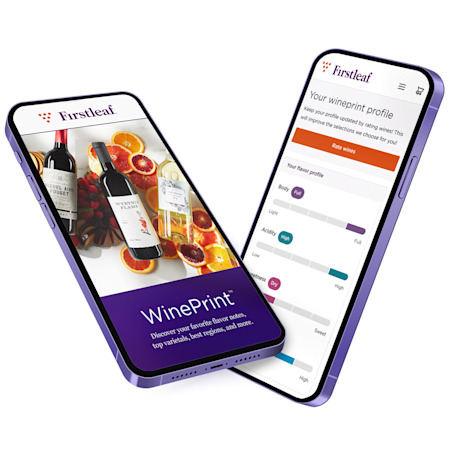
WinePrint™ by Firstleaf
Are you looking to learn more about your wine preferences? Check out our Wine Print for an in-depth look at your personal tasting profile. Discover your favorite wines, varietals, regions, and tasting notes and get personalized recommendations wherever you are.
Learn More